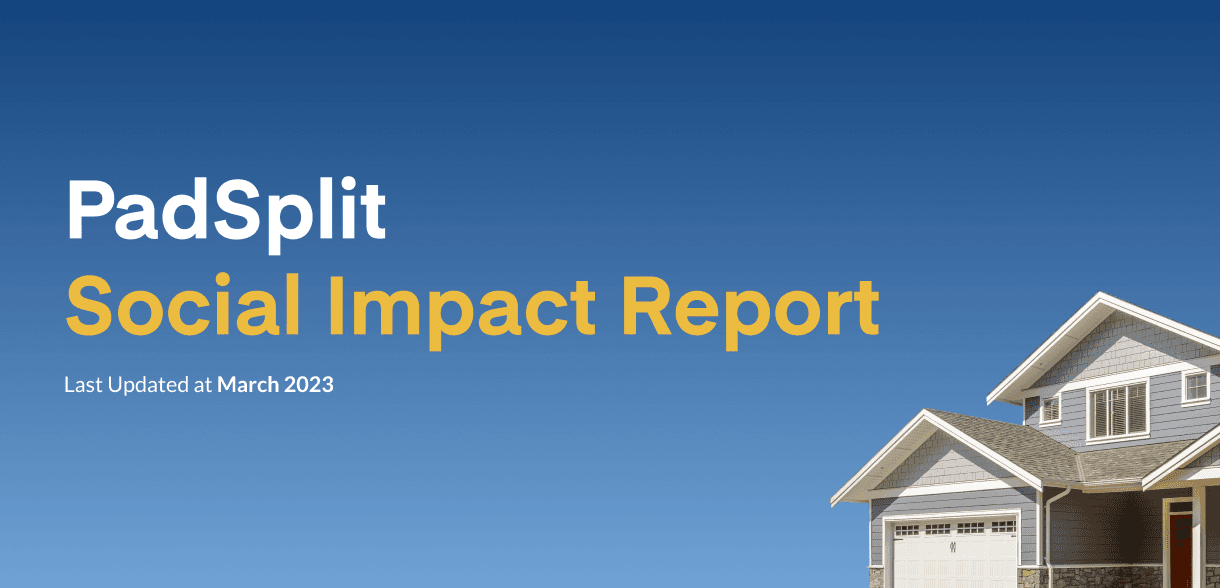Nearly 40 percent of Atlanta’s residents earn less than $35,000 per year and often struggle to find affordable housing.
Affordable housing is defined as a dwelling that a household can get for 30 percent or less of its income.
For example, let’s say you make $30,000 per year. Thirty percent of $30,000 is $9,000. Divide $9,000 by twelve, and you get $750. Based on the definition above, $750 is the most you should spend per month on housing. Any amount over $750 means that housing isn’t affordable for you.
Below are four affordable housing options available to Atlanta’s residents.
Affordable Housing Options in Atlanta
Public Housing
The Atlanta Housing Authority owns 11 public housing assisted residential properties. Nine of these are senior communities where the head of household must be 62 or older, nearly elderly (555-61), or a non-elderly disabled adult. Two are small family communities.
Forty-percent of Atlanta’s residents are considered low-income. While the city does it’s best, there simply aren’t enough units to serve everyone.
Section 8
The City of Atlanta’s Section 8 Moderate Rehabilitation Program (Mod Rehab) is a unit-based rental subsidy program. The Atlanta Housing Authority administers the program and HUD provides the funding. To qualify for the program, a household must qualify as “very low income.” This is defined by HUD as 30-percent below the area’s median income. As a result, an individual must earn $17,400 or less per year to qualify.
However, the Atlanta Housing Authority has 16,979 Section 8 vouchers available which is only enough to serve 10-percent of the city’s low-income residents. Waitlists for this program are also long.
Traditional Renting
At PadSplit, we recently surveyed every apartment in the City of Atlanta listed for $1,000 or less per month. We only found 260 units available for residents earning less than $35,000 per year with no housing subsidy.
The average price of these units was $866 per month and that doesn’t include utilities, internet, or laundry. It also doesn’t include the application fee, security deposit, or first month’s rent. When we added it all up, you’d need a savings of $2,100 to move in.
Moreover, these apartment listings also came with minimum income requirements and minimum credit scores. The average minimum income was $30,136 per year or 2.9 times the monthly rent. The average credit score requirement for the 260 units we surveyed was 550 or higher.
These requirements can keep housing out of reach for some. Fortunately, there’s another options – PadSplit.
PadSplit
PadSplit was created to help fill Atlanta’s housing continuum gap by offering another affordable housing solution.
PadSplit is a membership program. For a low, fixed weekly payment, you get a private, furnished room, utilities, internet access, and laundry facilities. The rooms are hosted by property owners or managers who are also Members. PadSplit facilitates the relationships between everyone and manages all the paperwork like payment processing and background screenings where available.
The average cost of a PadSplit? About $200 per week. And that includes utilities, internet, and laundry facilities. As a result, PadSplit Members save an average of $420 a month. This is money they can use towards their personal and financial goals.
PadSplit doesn’t require deposits to move in. The only upfront cost you have is $29 and that’s used to pay a third-party vendor to run your background screening where available.
We also don’t require a minimum credit score to move in. In fact, the average score of PadSplit members when entering is 469. Once you’re a Member, we’ll work with you to help build your credit history and improve your score. PadSplit is intentionally designed to fill the housing gap in Atlanta, one room at a time.
Ready to make the move? PadSplit has homes all over Atlanta, offering plenty of choices when it comes to different neighborhoods. Most of our homes are near bus lines, if not major transportation hubs, which means you don’t have to worry about the traffic.


